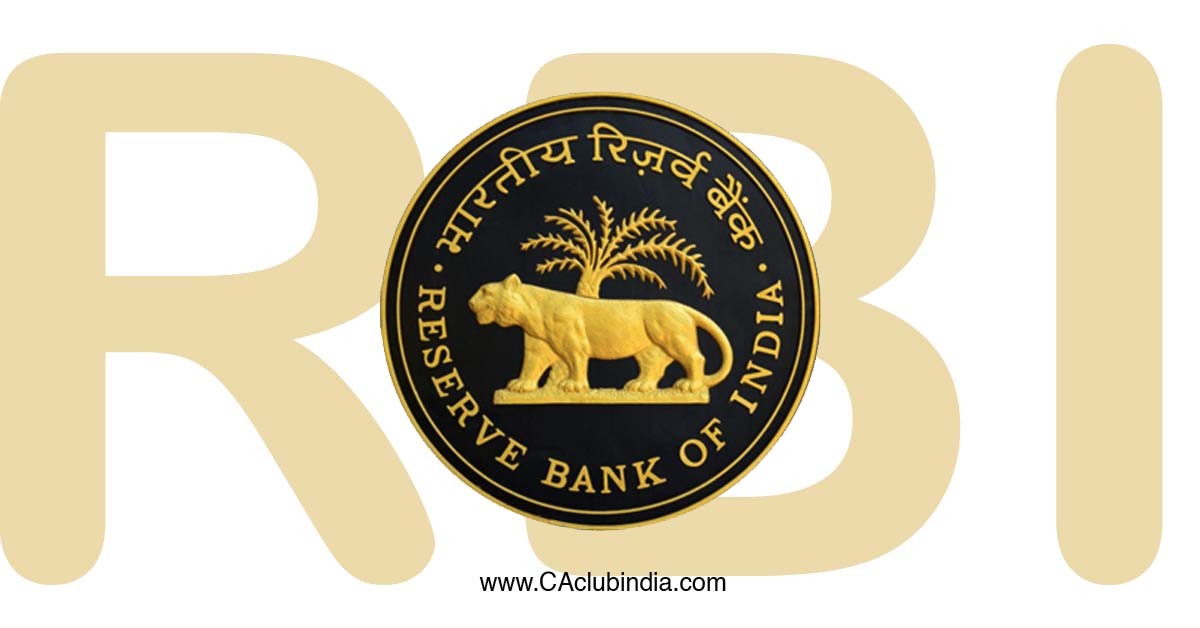Let's discuss about Action against Bajaj Finance Ltd. under Section 45L(1)(b) of the Reserve Bank of India Act, 1934
RBI's Crackdown on Digital Lending
The Reserve Bank of India's (RBI) recent decision to direct Bajaj Finance to halt sanction and disbursal of loans under its 'eCOM' and 'Insta EMI Card' products has sent shockwaves through the Indian financial sector. While the RBI's action has been met with mixed reactions, it undoubtedly represents a significant step towards regulating the burgeoning digital lending landscape.

RBI's Concerns and Bajaj Finance's Response
The RBI's order stems from Bajaj Finance's alleged non-compliance with the extant provisions of its digital lending guidelines. Specifically, the central bank has cited the non-issuance of Key Fact Statements (KFS) to borrowers under the two lending products and deficiencies in KFS issued for other digital loans.
Bajaj Finance has acknowledged the RBI's concerns and pledged to rectify the observed deficiencies. The company has temporarily suspended the sanction and disbursal of new loans under the affected products and reiterated its commitment to adhering to RBI regulations.
Implications of the RBI's Action
The RBI's action against Bajaj Finance is a stark reminder of the increasing scrutiny on digital lending practices. The central bank's move is likely to have a ripple effect across the industry, prompting other digital lenders to re-evaluate their compliance standards.
The RBI's intervention is also likely to impact consumer behavior. Borrowers seeking online loans may become more cautious in the face of heightened regulatory oversight. This could lead to a slowdown in the growth of digital lending, which has witnessed a meteoric rise in recent years.
A Delicate Balance between Innovation and Protection
The RBI's efforts to regulate digital lending strike a delicate balance between fostering innovation and protecting consumer interests. On the one hand, the central bank recognizes the potential of digital lending to promote financial inclusion and access to credit. On the other hand, it is also concerned about the potential for predatory lending practices and the exploitation of vulnerable borrowers.
The RBI's approach appears to be one of targeted intervention, focusing on specific areas of non-compliance and allowing innovation to continue within a framework of sound regulatory principles. This approach is likely to be welcomed by industry stakeholders who recognize the need for regulation but also value the flexibility and efficiency of digital lending platforms.
Conclusion
The RBI's order to Bajaj Finance is a significant development in the regulation of digital lending. While it is too early to predict the long-term impact of this action, it undoubtedly sends a strong message to the industry: the RBI is committed to ensuring that digital lending practices are fair, transparent, and consumer-friendly.






 CAclubindia
CAclubindia


